
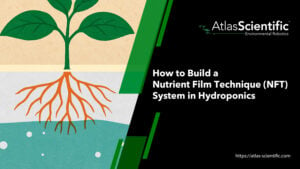
How to Build a Nutrient Film Technique (NFT) System in Hydroponics
To make an NFT hydroponic system, put together sloped grow channels, a reservoir, a water pump, and net cups. Add a nutrient solution and make
# Type at least 1 character to search # Hit enter to search or ESC to close

No products in the cart.

No products in the cart.
Product Categories
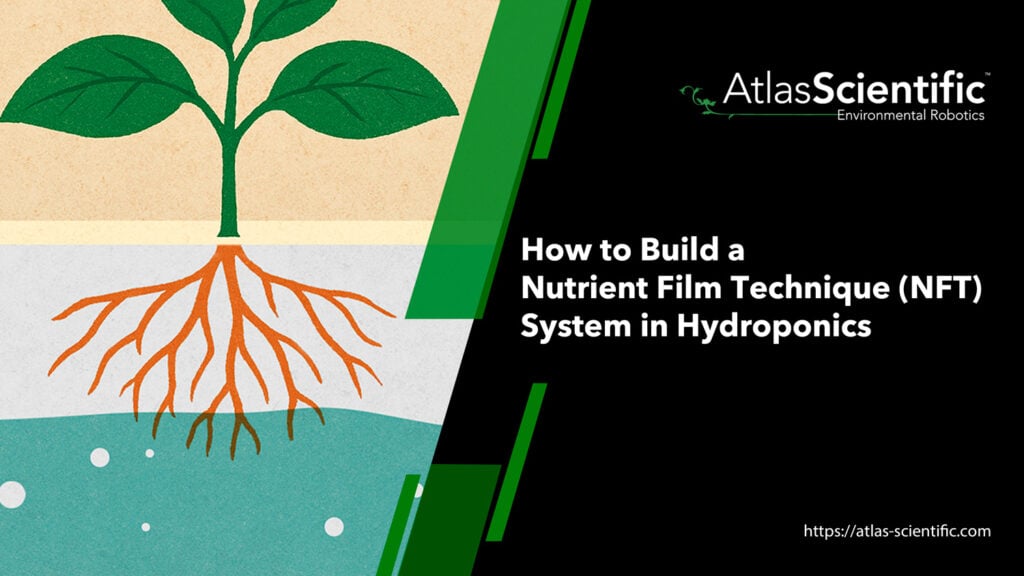
To make an NFT hydroponic system, put together sloped grow channels, a reservoir, a water pump, and net cups. Add a nutrient solution and make sure there is a continuous flow over the plant roots. This water-efficient configuration delivers high yields for indoor or outdoor gardening.
NFT is a type of hydroponic system that uses up to 90% less water than traditional soil-based gardening while enhancing plant growth. The NFT (nutrient film technique) was created by Dr. Allen Cooper in the 1960s and, since then, has changed the way we practice indoor gardening.
With NFT hydroponic systems, shallow-rooted plants like lettuce, herbs, and microgreens, which are well nourished in the film, can be grown effortlessly. The adaptability of the NFT hydroponic system is one of its biggest advantages. They can be arranged vertically or horizontally, allowing them to be used in small apartments or large greenhouses. In addition, the nutrient film system is highly scalable, making it ideal for home gardens as well as large-scale commercial operations.
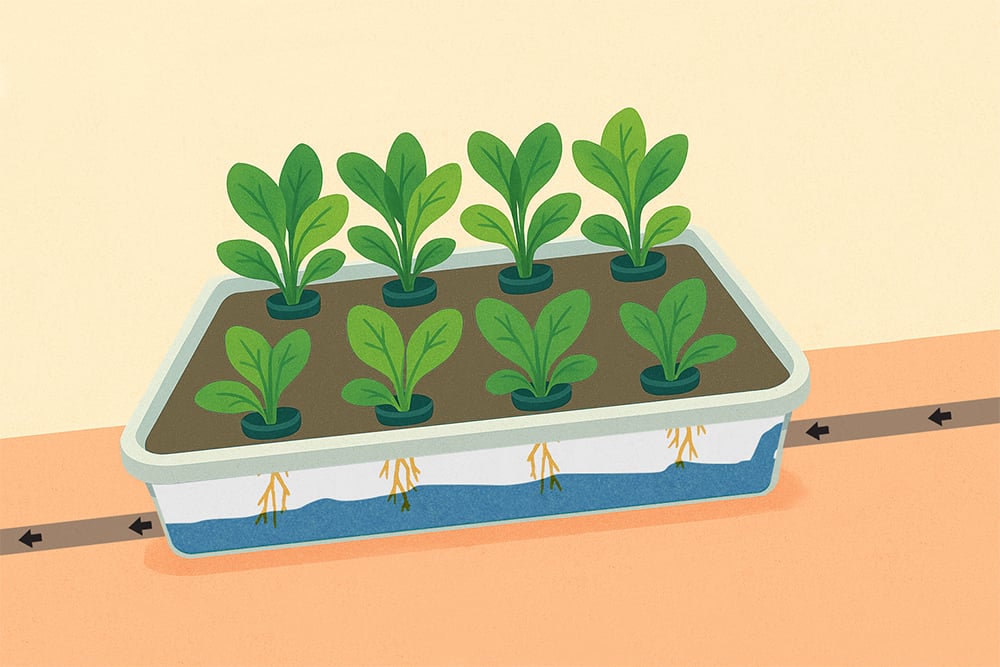
Like other hydroponic methods, NFT doesn’t require soil. Instead, it uses channels set at a slight incline through which a thin film of nutrient solution flows continuously. Only the lower portion of the roots stays submerged while the rest receives optimal oxygen.
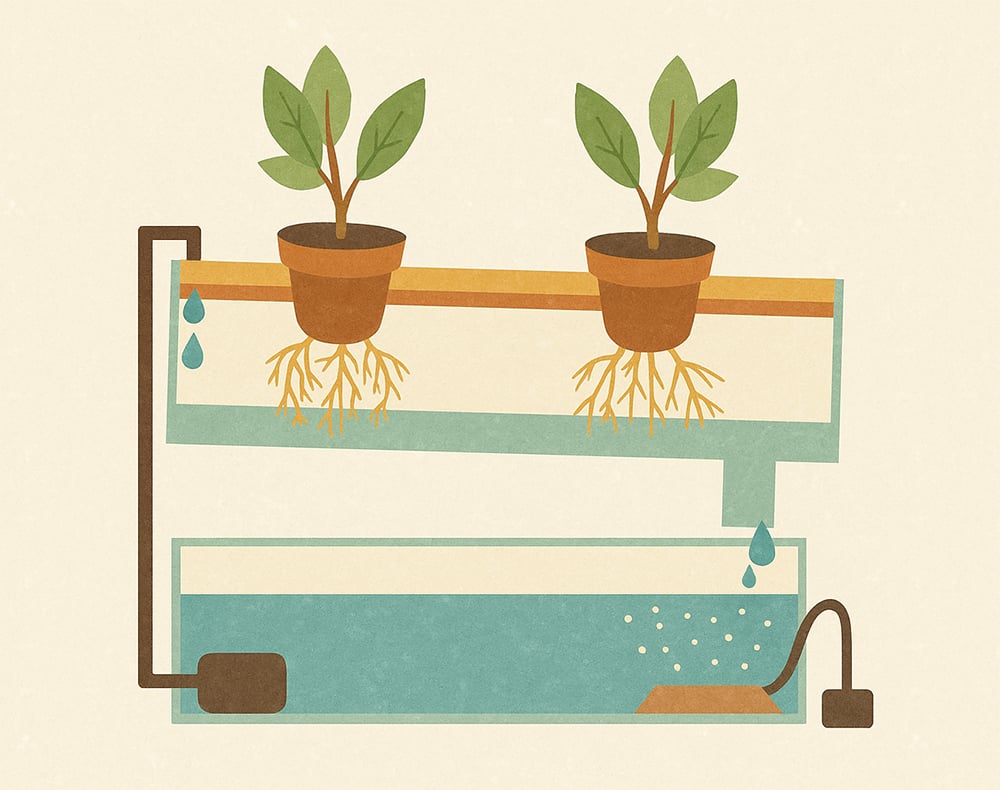
Essential NFT system components include:
Channels should be positioned at a 1:100 slope for proper gravitational flow, with each channel maintaining a flow rate of 1 to 2 liters per minute. If you are a beginner, you can start at 0.5 liters per minute.
NFTs’ key distinction lies in root exposure. While Deep Water Culture (DWC) fully submerges roots, NFT exposes most roots to air, like plants suspended in a “lake” (DWC) versus a “river” (NFT).
This reduces pest and disease risks compared to media-based growing systems and prevents nutrient salt accumulation through constant circulation.
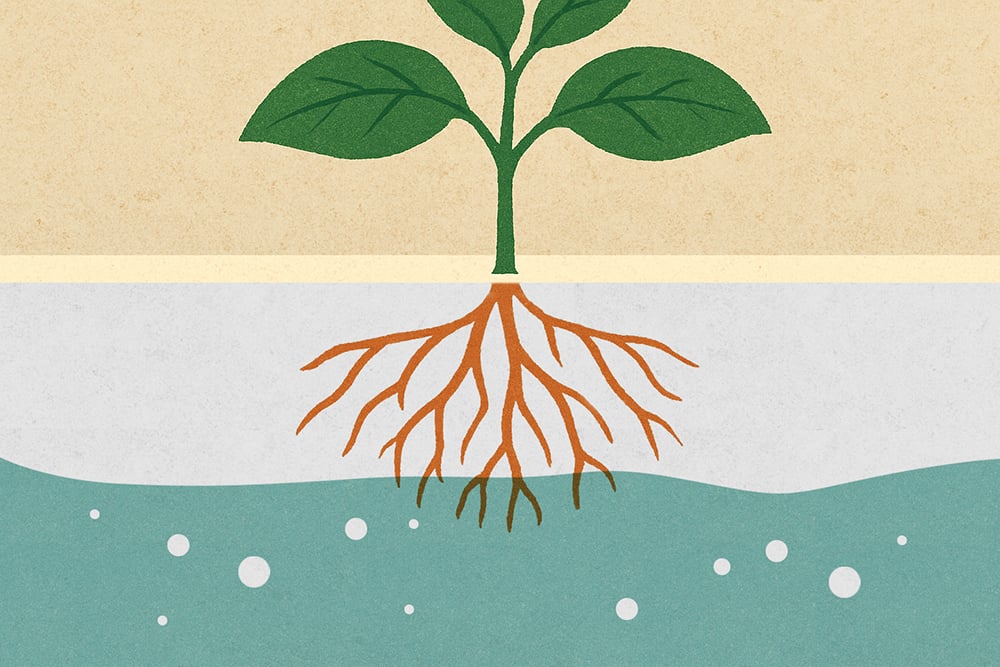
However, NFT systems are vulnerable to pump failures. Plants can wilt within hours if water flow stops, unlike buffered systems like Ebb and Flow.
Despite potential pump issues, NFT offers several beginner-friendly advantages:
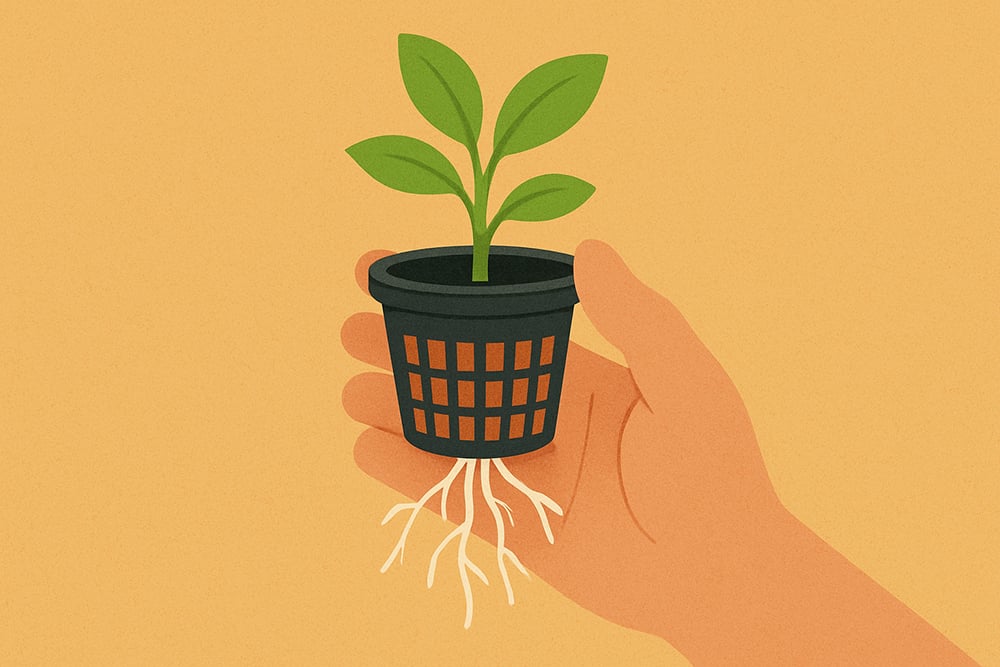
pH is important in hydroponics. Monitor your system and maintain pH between 5.5. When needed, adjust the hydroponic pH level accordingly.
Setting up an efficient NFT hydroponic system has a lot to do with the selection of the correct parts. The role the part carries out is specifically the construction of the perfect plant-breathing environment.
Since they serve as the conduit of nutrition to your plants and provide protection, NFT channels are the most crucial part of your system. As a result, you must choose among several options:
Food-grade PVC pipes (3-4 inches in diameter) make excellent DIY channels for smaller setups. These readily available pipes can be easily modified with holes for net pots. The specialized NFT channels for the professional setups are manufactured from UV-resistant plastic; therefore, they are lighter and have more optimized designs than those made without UV protection.
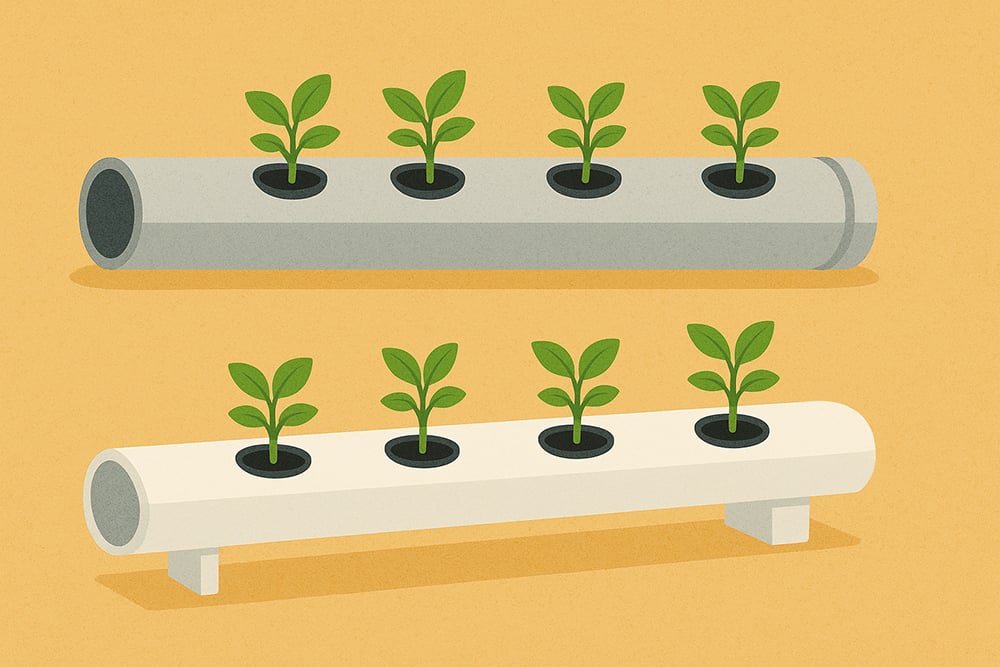
The preferred slope of the channel lies somewhere between the ratios of 1:30 and 1:40, which is just enough to prevent pooling due to the excessive speed of the liquid flow. This light drop prevents the formation of water pools while allowing the very thin “film” of the technique to be maintained.
The channel length should be no more than 10-12 ft so that the portion at the farthest end does not lack nutrients. If your garden is larger, distributing the channels in multiple shorter sections gives you a better solution than having fewer but longer channels.
Your reservoir stores and supplies the nutrient solution to the entire system. Select a food-grade container that holds at least 10 gallons for small systems, with larger setups requiring proportionally bigger reservoirs. Black or opaque containers prevent algae growth by blocking light.
The pump is your system’s heart, circulating nutrients throughout your channels. For most home NFT systems, submersible pumps rated between 250-400 gallons per hour provide sufficient flow. Position your pump inside the reservoir, ensuring it remains fully submerged.
To calculate the minimum reservoir size, multiply your total channel length by 0.5-1 gallon per foot. This ensures adequate nutrient solution volume for stable temperature and concentration levels.
Net cups hold your plants while exposing roots to the nutrient film. These plastic containers, available in 2-inch and 3-inch diameters, feature slotted sides that allow roots to extend into the channel.
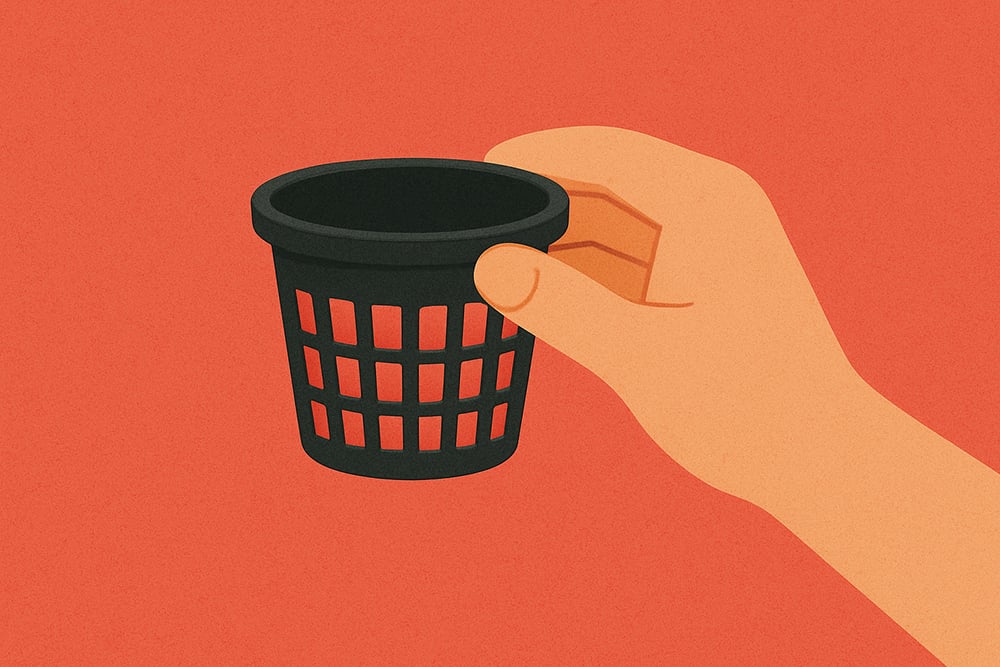
For growing medium, NFT systems require only minimal substrate since the roots primarily develop in the flowing nutrient solution. Suitable options include:
Proper nutrition demands a complete hydroponic nutrient formula containing all essential macro and micronutrients. Two-part solutions allow greater flexibility in adjusting nutrient ratios as plants mature.
Accurate measurement is critical for success. A reliable pH meter like Atlas Scientific’s pH Kit lets you maintain the ideal range of 5.5-6.5 for most plants. Similarly, an electrical conductivity (EC) meter helps you manage nutrient concentration, typically between 1.0-2.0 mS/cm, depending on plant type and growth stage.
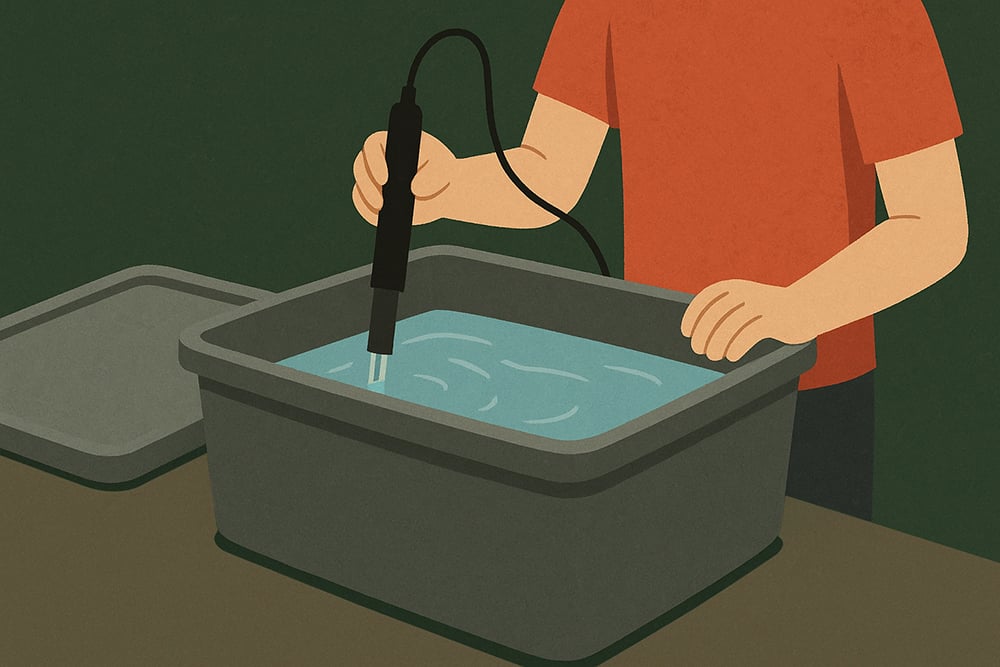
Temperature affects nutrient availability, with most plants preferring solution temperatures between 65-75°F (18-24°C). To closely monitor temperature, a temperature sensor is required.
For enhanced system performance, consider these additional components:
First-time builders should focus on acquiring quality versions of the essential components before adding optional elements. A reliable pump and accurate monitoring tools contribute more to success than elaborate accessories.
Assembling your own NFT system hydroponics setup requires careful planning and precise execution. With each component working together, you’ll create an efficient growing environment that maximizes plant production while minimizing resource usage.
Begin by evaluating your available space, considering light conditions and temperature stability. For optimal growth, select a location receiving 6-8 hours of sunlight daily or plan for supplemental lighting.
Measure your area carefully to determine the number and length of channels your space can accommodate. Sketch your design on paper first, accounting for:
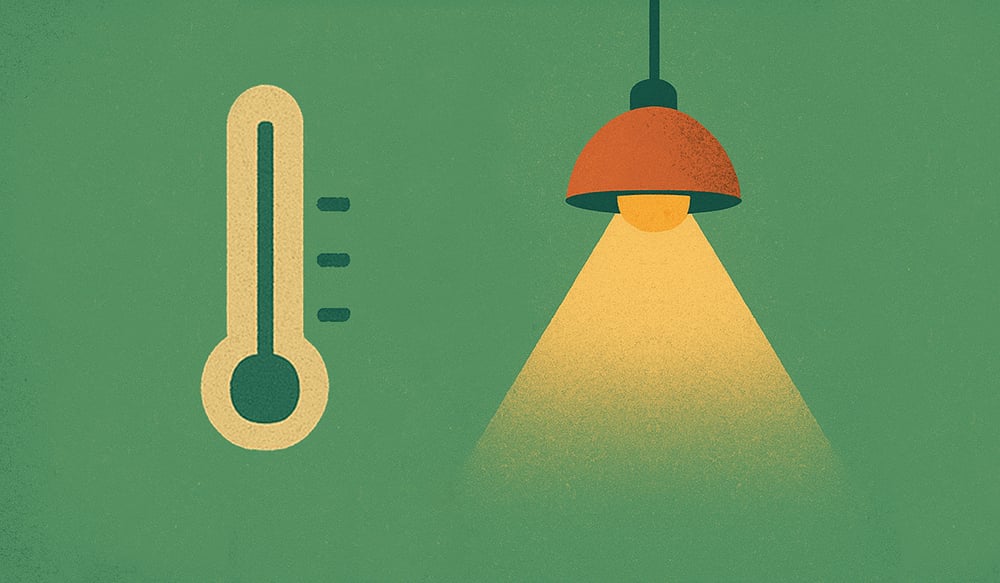
Your support structure must be sturdy enough to hold water-filled channels with mature plants. Materials like square metal tubing, PVC pipe, or sturdy wooden frames work effectively.
When building:
Channel installation requires precision for proper nutrient flow. Secure your channels to the support structure using pipe clamps or similar fasteners. The ideal slope falls between a 1:30 and 1:40 ratio, creating just enough decline for the nutrient solution to flow evenly without pooling or moving too quickly.
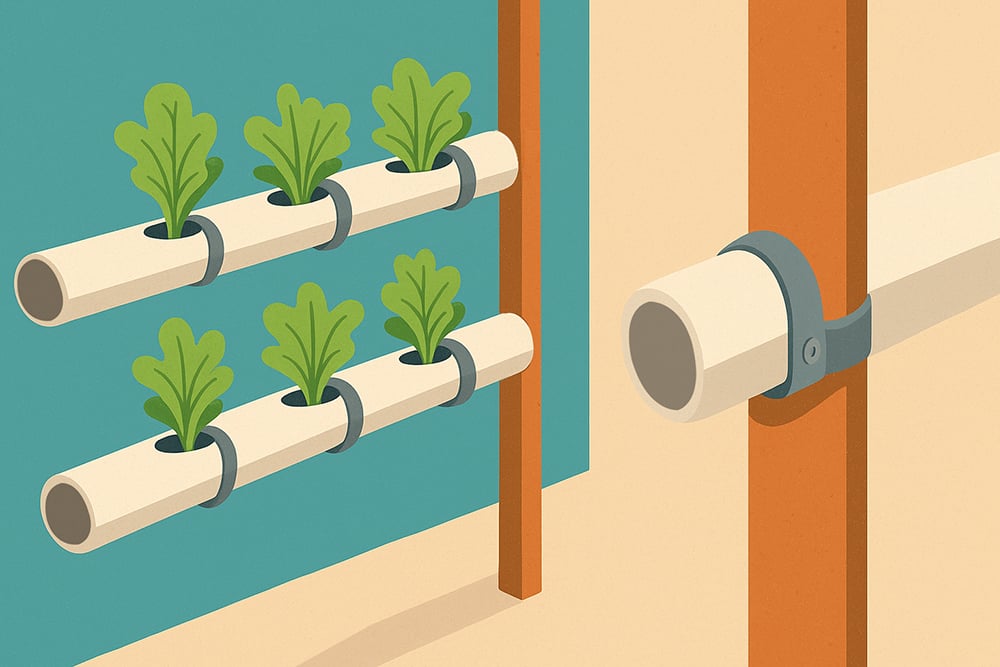
Position your reservoir below the lowest channel end. Install your submersible pump in the reservoir and connect it to the highest point of your first channel using flexible tubing.
For multiple channels, create a manifold system that distributes flow evenly. Calculate the proper flow rate at 3-5 gallons per hour per channel.
Insert net cups into the pre-cut holes along your channels. For seedlings:
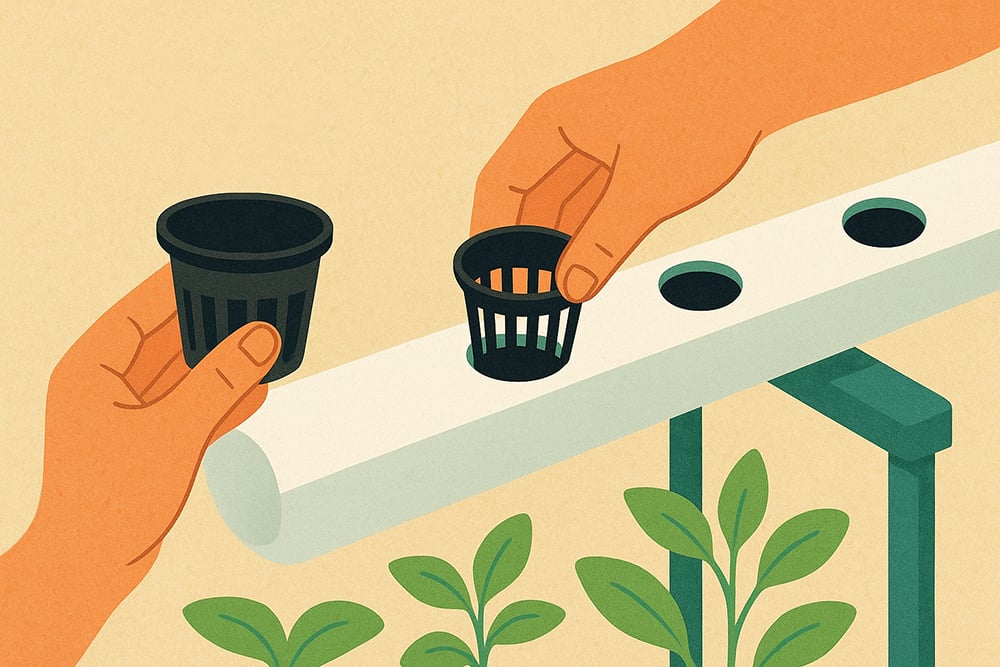
Before adding plants permanently, test your nutrient film system thoroughly:
Once the system passes testing, add nutrient solution according to your chosen plants’ requirements. Monitor pH (5.5-6.5) and EC levels regularly using quality meters like Atlas Scientific’s pH meters and conductivity sensors.
Selecting the right plants can make or break your NFT system hydroponics setup. Not all vegetables and herbs perform equally well in the thin film of nutrients that characterizes this growing method.
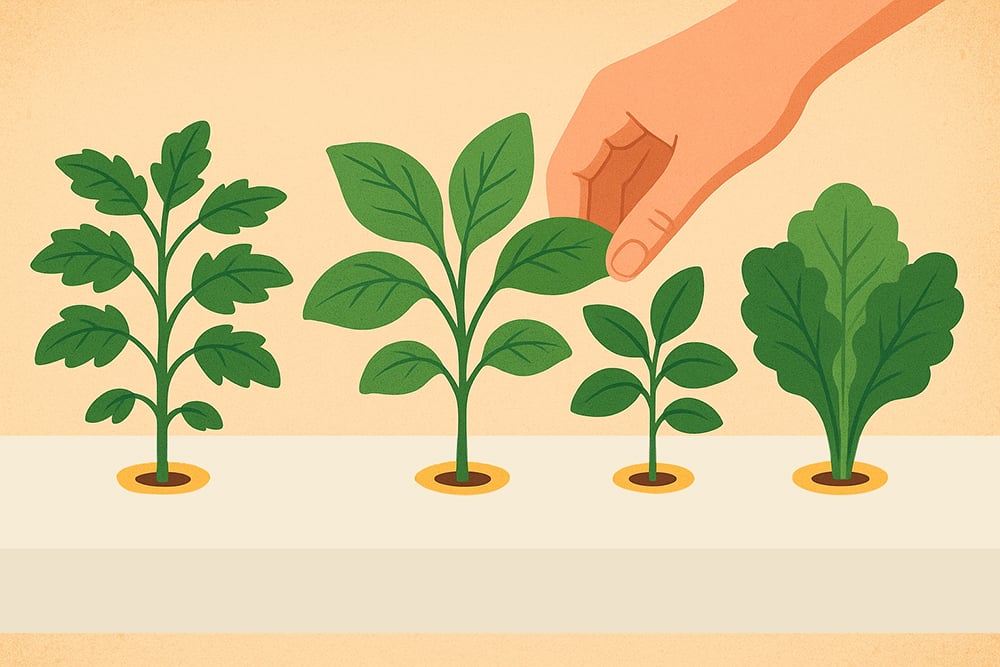
The shallow water channels of nutrient film technique hydroponics create ideal conditions for plants with compact, shallow root systems. Leafy greens excel in these environments, primarily:
NFT hydroponic systems have limitations regarding which plants will succeed. Essentially, avoid:
Although strawberries can work with extra support, they’re at the boundary of what NFTs can effectively grow.
Successful transplanting into your nutrient film system requires precise timing. Seedlings are ready for transfer once they develop enough roots to reach the nutrient solution flowing through the channel. Notably:
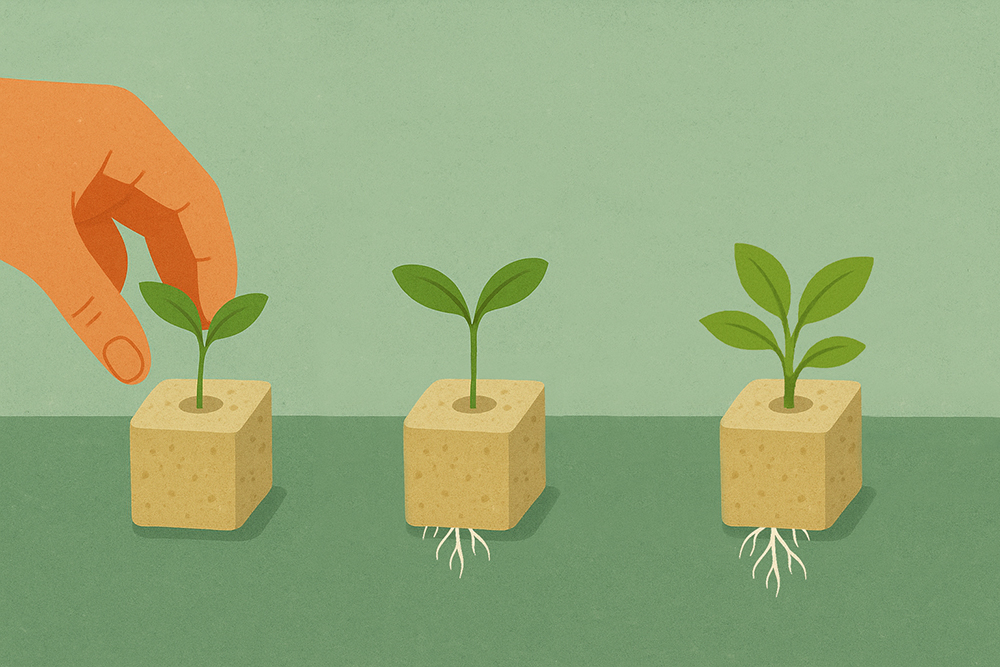
Consequently, most NFT systems aren’t designed for direct seed starting. The thin film of water at the channel’s base cannot provide sufficient moisture for germination, necessitating separate seedling propagation.
Regular maintenance ensures your NFT system hydroponics setup runs smoothly and produces healthy crops year-round. A proactive approach to system care prevents many common problems before they affect your plants.
For optimal plant growth, maintain a minimum 2% slope in horizontal NFT channels, ensuring proper nutrient film flow. The flow rate should be 3-5 gallons per hour into each channel. Check these parameters twice weekly.
EC and pH measurements are vital for plant health. Most plants thrive at pH levels between 5.5 and 6.2. Monitor EC and pH at least twice weekly using quality meters. These readings indicate whether your nutrient solution needs adjustment through the addition of fertilizer solution or fresh water.
First and foremost, inspect your system daily for:
Root clogs act like dams in your channels, disrupting water flow and nutrient distribution. To prevent this issue, select plants with appropriate root sizes for your channel dimensions and regularly clean the channels.
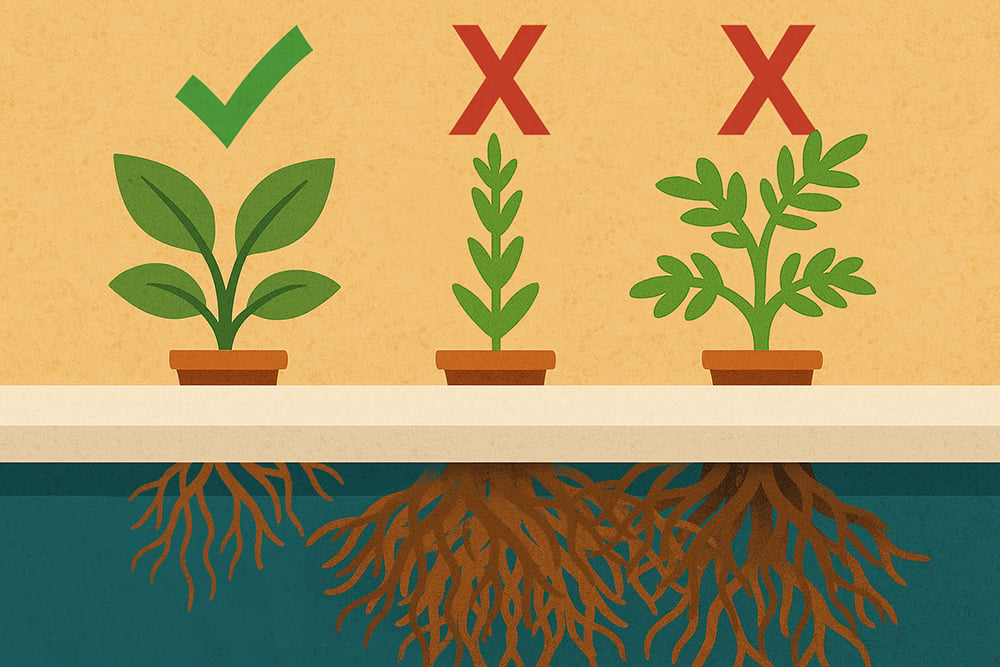
Algae thrive when light reaches nutrient-rich water. Consequently, use opaque materials for all system components that contain water. For persistent algae problems, hydrogen peroxide (3ml per gallon of 3% solution) effectively controls growth.
Cleaning routines should include:
Given that the NFT system is a continuous flow system, a pump failure can be a very big problem, leading to a short-circuit scenario. Think of it as an analogy where the plant is the user of energy in the system and the pump is the energy source. If the pump stops working, the energy flow to the plant is cut off, and as a result, the plant will wilt. Hence, it is advisable to carry out a risk assessment and see if your system is compatible with having a backup pump alongside a power backup.
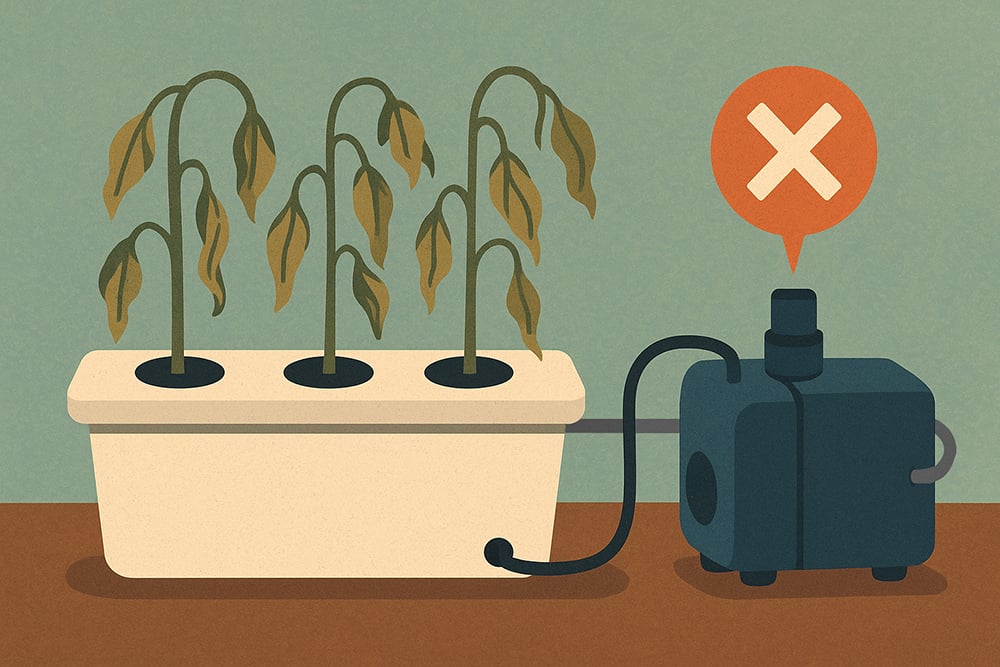
Most times, leaks can come from unsealed connections or from root blockage of the channels. In the course of your life cycle management activities, it is very important to always be on the lookout for any potential leakage problems. Leaks may occur in pipe junctions or at the reservoir edges.
The leak can be fixed very quickly by:
It is important to carry out a thorough inspection of the system every week during the season. This simple habit of being proactive in preventing problems will not only keep the nature of your nutrient film technique hydroponics setup, but will even extend the productive life of your system.
The nutrient film technique is based on the very smart idea of using a thin stream of nutrient water that is continuously circulated over the plant roots. This method is more efficient than regular growing practices as it provides an ideal blend of water, nutrients, and oxygen.

Creating your own NFT hydroponic system is a great way to enter the world of soilless growing. NFT systems may sound technical, but they turn out to be very forgiving for beginners, once they are set up correctly. Root visibility makes it easier for you to identify potential problems early on before they get worse.
If you want to find out more about NFT hydroponics or which sensors we suggest for your hydroponic operations to be successful, please feel free to reach out to the world-class team at Atlas Scientific.

To make an NFT hydroponic system, put together sloped grow channels, a reservoir, a water pump, and net cups. Add a nutrient solution and make
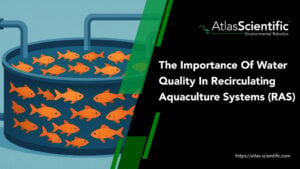
Water quality is the driver of recirculating aquaculture system (RAS) success. Parameters like dissolved oxygen, temperature, pH, and nitrogen compounds critically impact fish growth and
Notifications